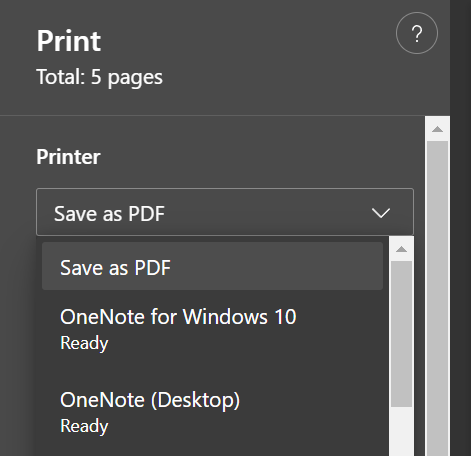River Rechanneling and Accretion Development
River Rechanneling and Dredging
Climate Adaptation Effectiveness
Each flood control measure contributes to decreasing flooding events, and minimizing damages and casualties. River rechanneling changes the path of the river to move away from communities that could be affected by flooding. Dredging is done to increase flow capacity, lessening the impacts to communities located alongside river systems. River bank stabilization prevents soil erosion and inundation on flood plains while vegetation increases flow resistance and decreases flow velocity. However, it is important to note that vegetation along riverbanks can promote sediment deposition which could increase flooding risk. Increased flow resistance also causes an increased flood height in the upper portion of the river basin which would cause flooding in the lower areas [1][2].
Climate Hazards
- Rain-Induced Flooding
Locations
- Hijo River, Tagum City, Tagum City, Davao del Norte, Region XI (Davao)
Adaptation Sectors
- Disaster Risk Reduction
- Ecosystem-Based Approaches
- Water Management
CCET Instuments
- Action Delivery
Target Group based on Vulnerability
Basic Sectors:
- Artisanal Fisherfolk
- Businesses
- Children
- Farmers and Landless Rural Workers
- Formal Labor and Migrant Workers
- Indigenous Peoples
- Persons with Disabilities
- Senior Citizens
- Urban Poor
- Women
- Workers in the Informal Sector
- Youth and Students
Evaluations
Economic / Financial Effectiveness
In comparison to the other flood control measures, planting vegetation has the lowest cost but is less effective compared to stabilizing river banks and dredging. These two methods are much more expensive due to structures to be implemented for river bank stabilization and the recurring financial costs for periodic dredging. A good solution would be a combination of an ecological and infrastructure approach to minimize the costs and optimize the effectivity of the solution [2]. For Tagum LGU, due to the high cost of flood control measures, the Reforestation, Conservation Environment Protection Fee was utilized. This channels the transaction fees between an individual, business or establishment with the city government to fund the project. Contributions can also come from private entities [3].
Technical Feasibility
Flood control measures in the Hijo River in Davao del Norte resulted in the lowering of flood water level from 10 to 4 meters since 2009. There was then no onset of a major flooding event [3].
Social Acceptability
Dredging and ecological approaches are widely accepted as a solution for minimizing flood risks. However, the hesitation for implementing such measures is the high initial and maintenance costs especially for infrastructure measures [2].
Environmental Impact
An increase in vegetation in the area would reduce soil erosion and would lead to the increase of conservation areas while improving biodiversity. It could also become a secondary source of income acting as a tourism site and generating products to be marketed [2]. However, there are negative impacts from dredging that highly affects the biodiversity of a certain environment. The process liberates sediments and introduces more nutrients thereby, altering the natural state of the habitat [4].
Mitigation co-benefit
Ecological approaches implemented as flood control measures contribute to mitigation of climate change by limiting the modification of the Earth’s surface. The introduction of vegetation can contribute to carbon sequestration.
Keywords
flooding, river rechanneling, de-silting/dredging, improve river flow, ecosystem-based adaptation to flooding, river rechanneling; river bank stabilization
References
